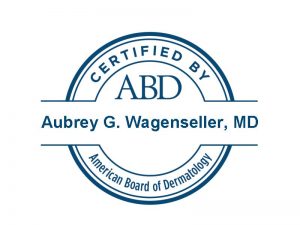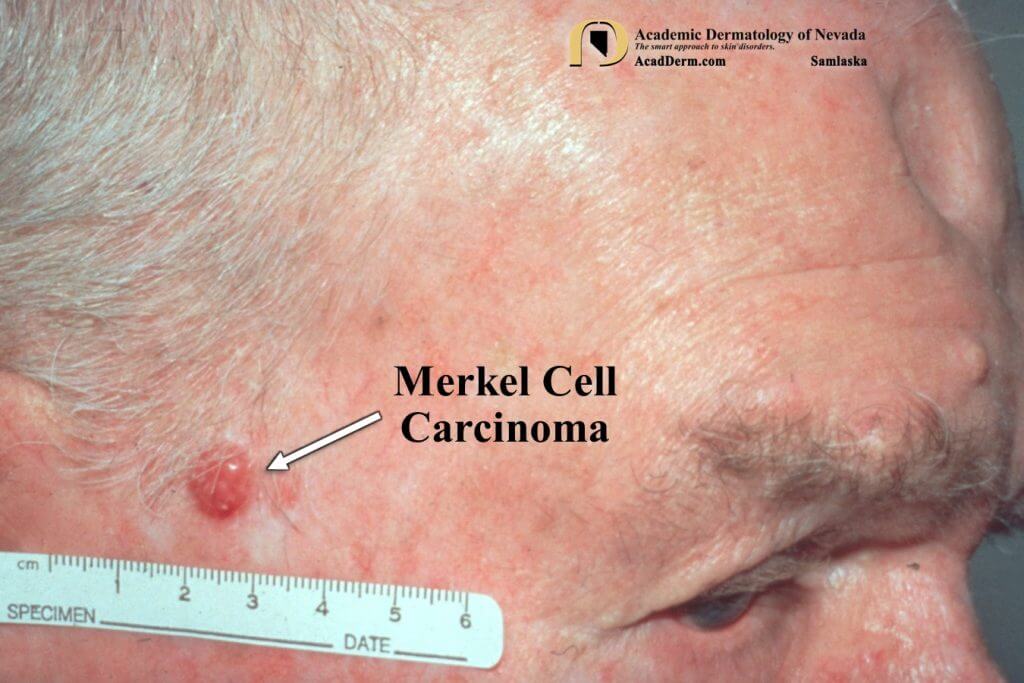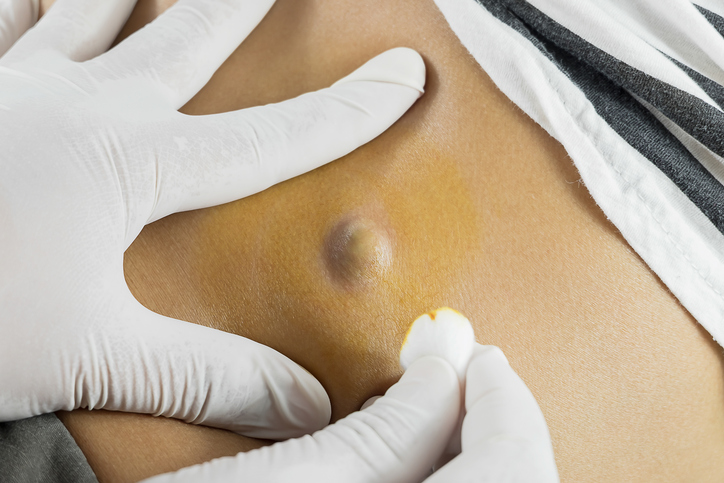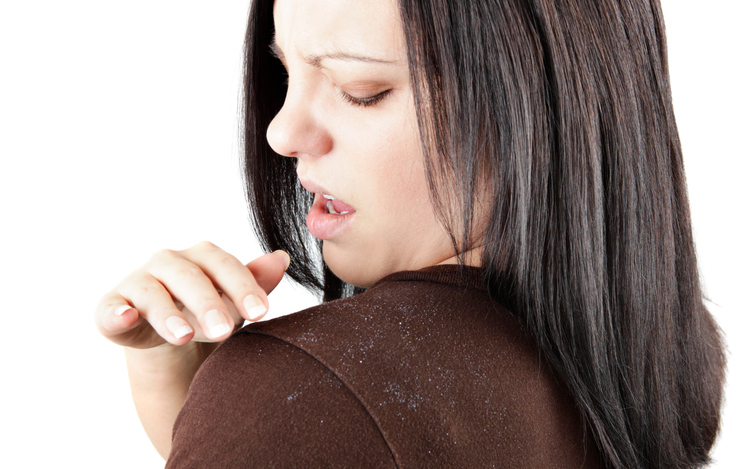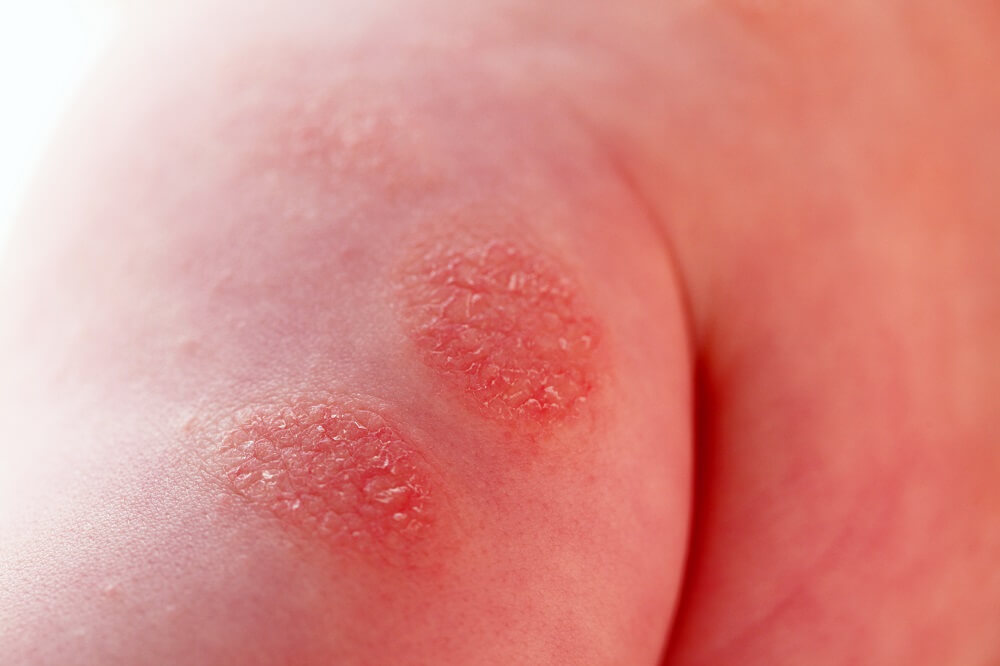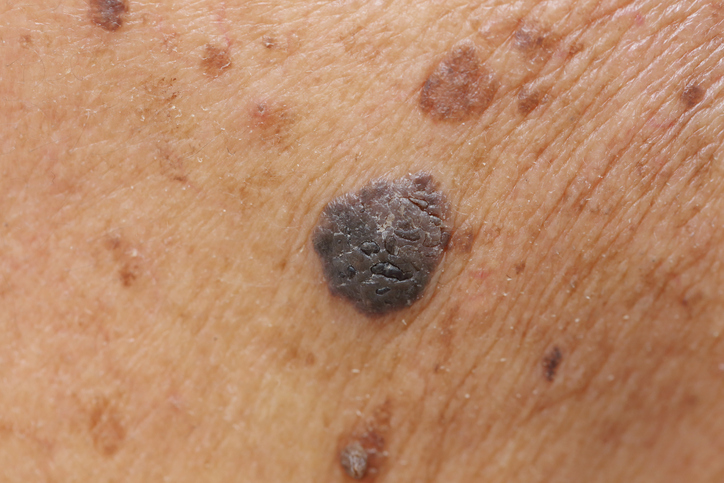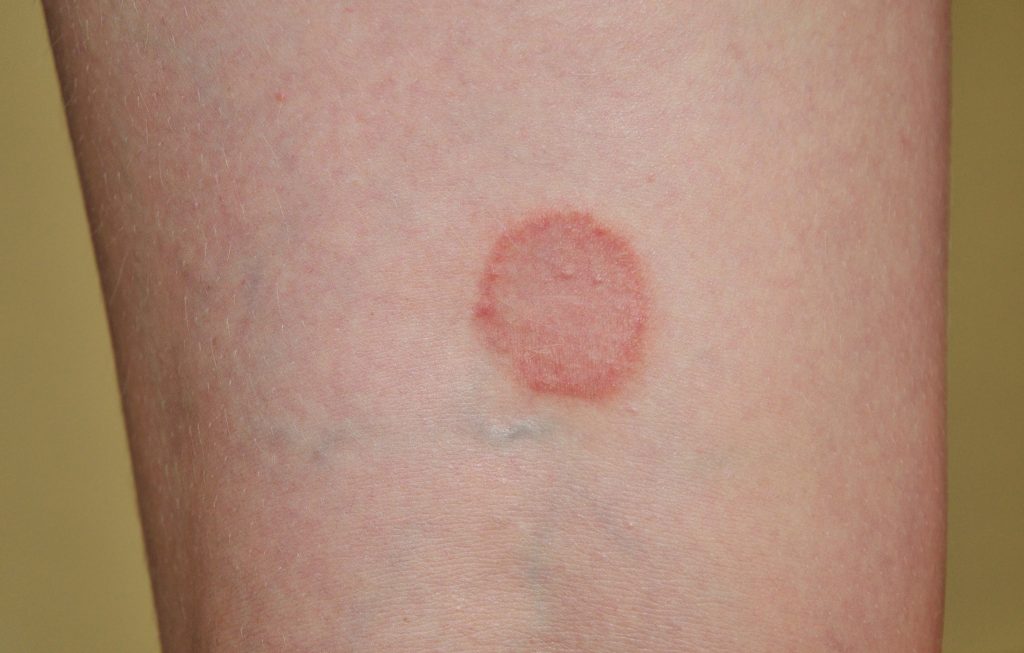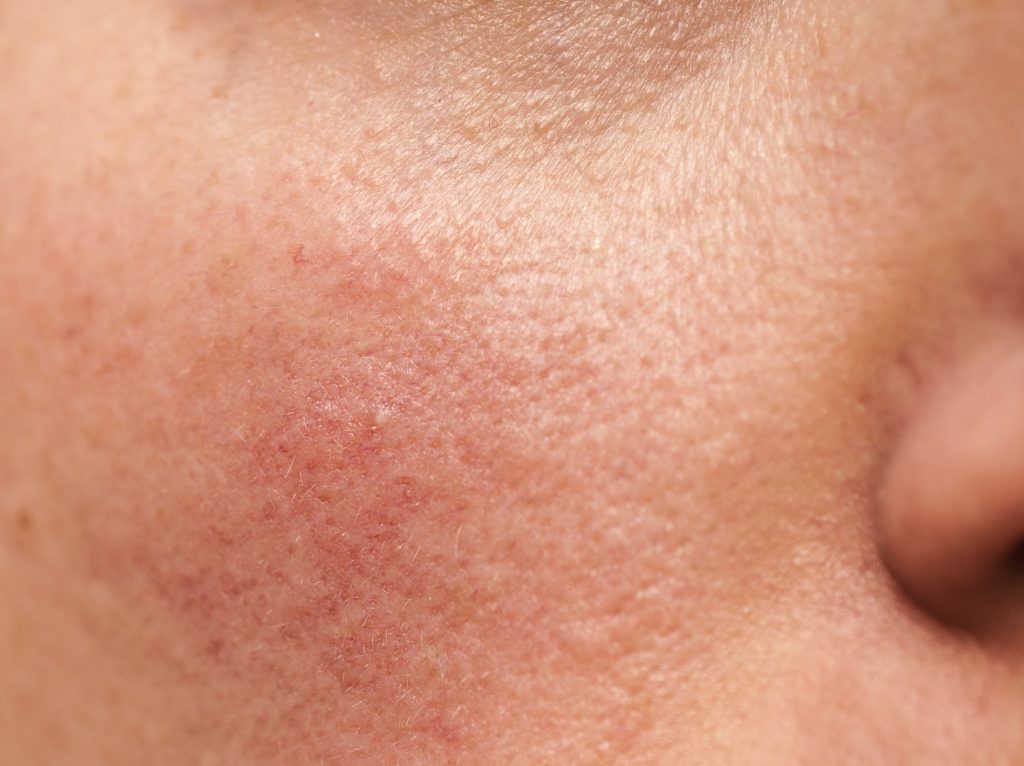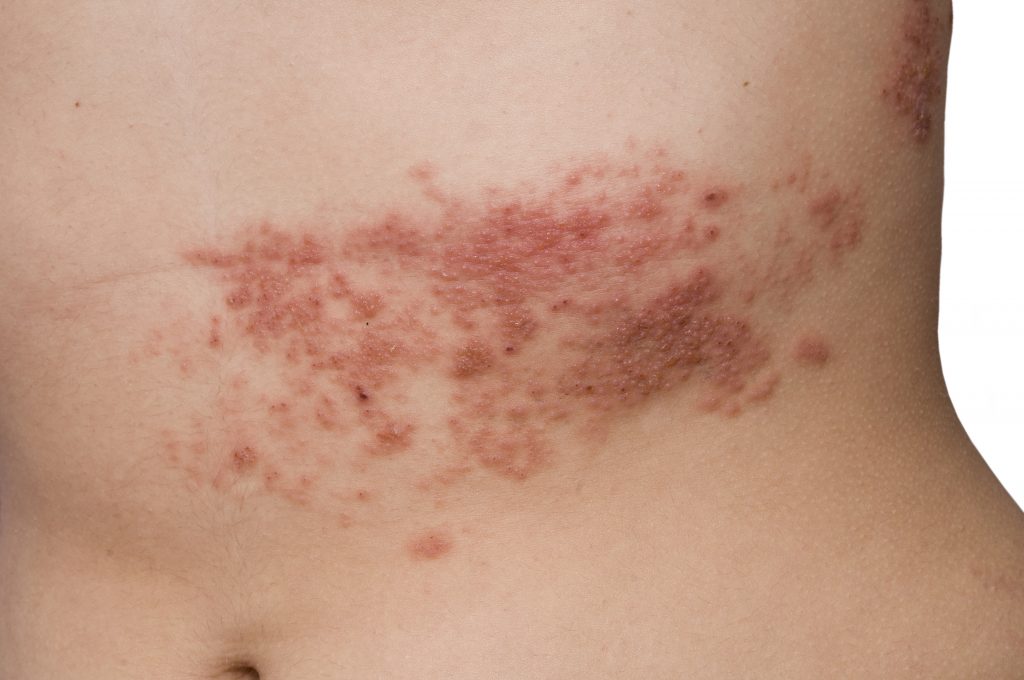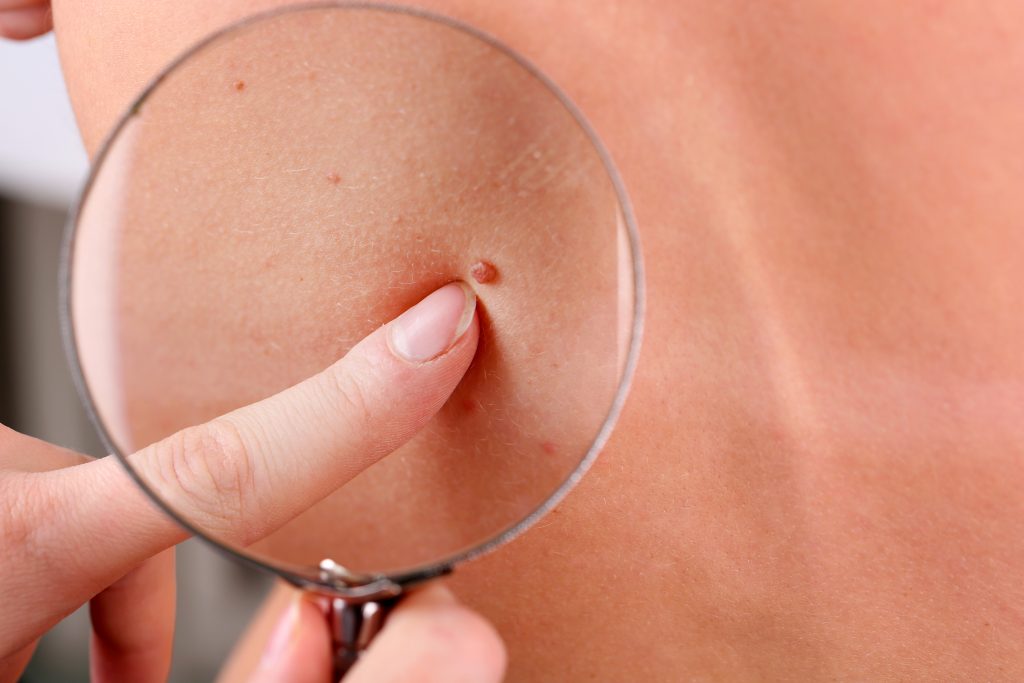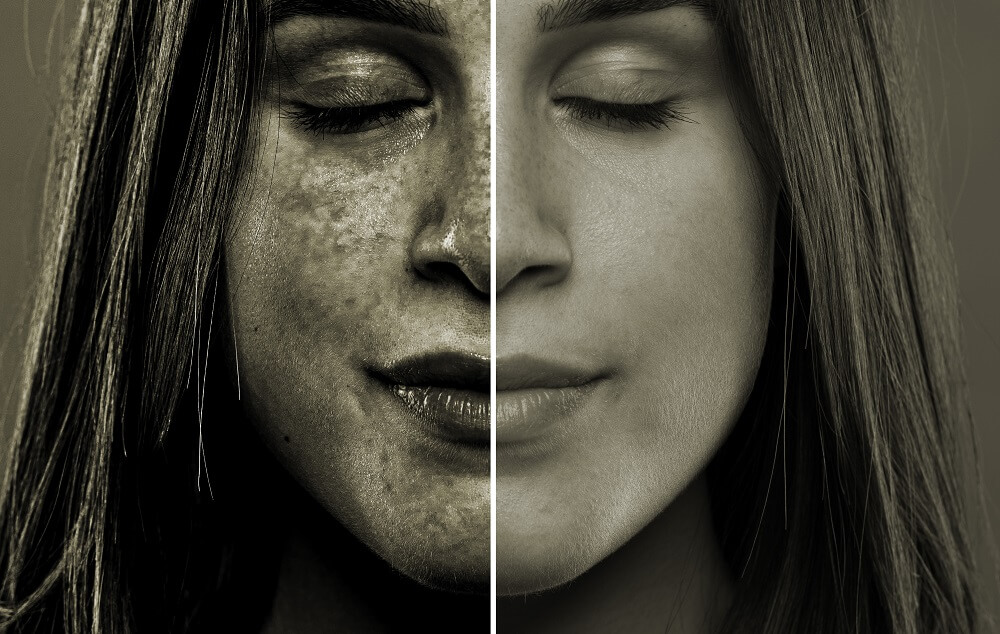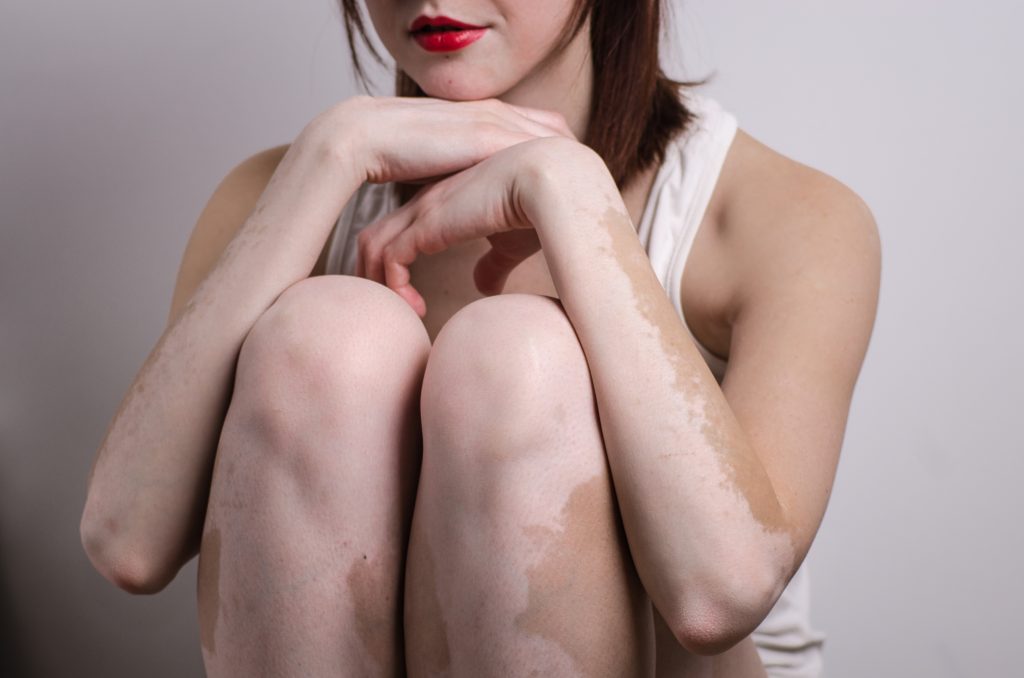Dr. Aubrey Wagenseller graduated Phi Beta Kappa with a bachelor’s degree in molecular biology from Princeton University, where she was also a member of the women’s varsity soccer team. She earned her medical degree from the University of Virginia School of Medicine, during which time she completed a one-year melanoma research fellowship. After completing her internship at Washington Hospital Center in D.C., Dr. Wagnseller received her specialty training in dermatology at Boston University Medical Center/Boston University.
Dr. Aubrey Wagenseller is eager to return to the D.C. area where she will care for patients at U.S. Dermatology Partners in Silver Spring, Maryland. In her spare time, she enjoys cooking, exploring new restaurants, and reading.
Featured Articles:
- Spring Break Sun Tips – By Aubrey Wagenseller, MD, FAAD
- Chronic Illnesses Affecting Skin – By Aubrey Wagenseller, MD, FAAD
- Winter Skin Care Tips – By Aubrey Wagenseller, MD, FAAD


